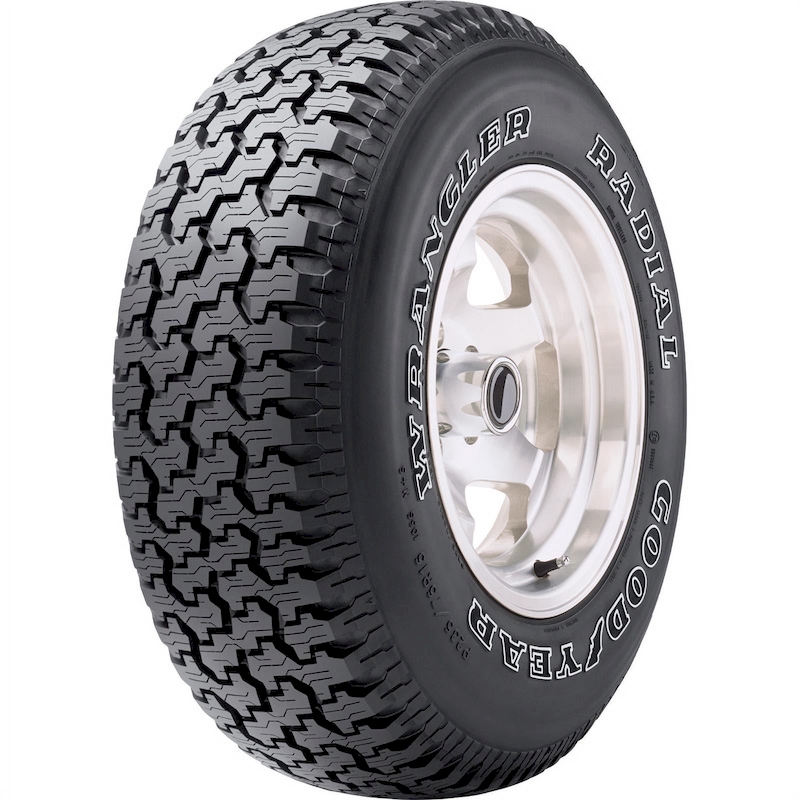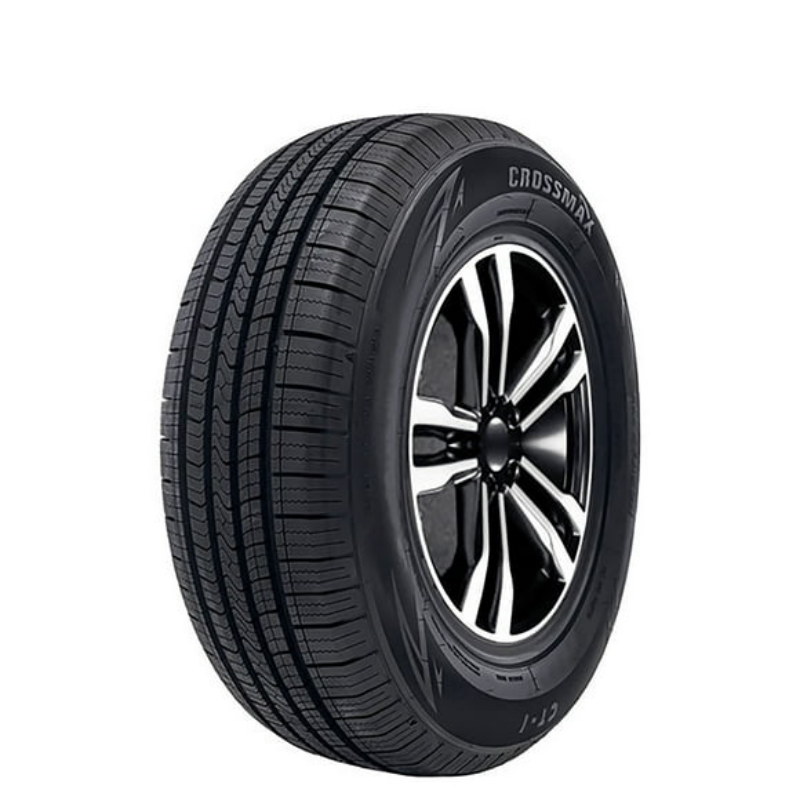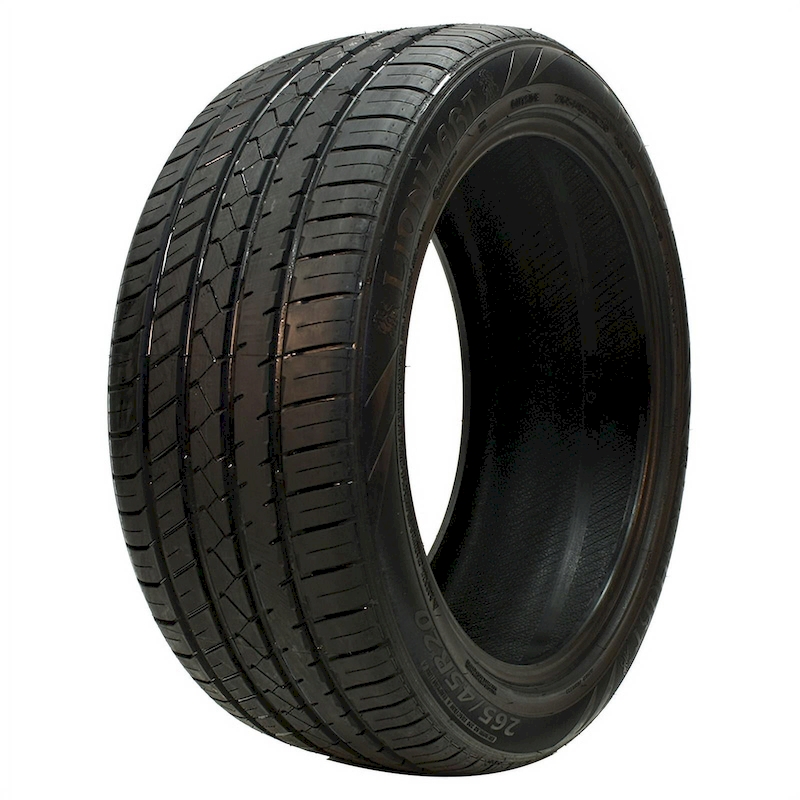When it comes to vehicle maintenance, many drivers might overlook the importance of tire care. However, tires are one of the most crucial components of any vehicle, directly affecting safety and performance. So, how often do you need to change tires? Tire longevity can vary based on several factors, including driving habits, road conditions, and maintenance practices. Generally, tires should be replaced every six years, with many manufacturers recommending a complete change after ten years, regardless of tread wear. However, one size does not fit all—various indicators can determine when it’s truly time for a change. This article will delve into the lifespan of tires, factors influencing wear and tear, signs that indicate replacement, and maintenance tips for extending tire life. By understanding these factors, you can ensure your vehicle is equipped with tires that provide safety and stability on the road.

Understanding Tire Lifespan
The lifespan of tires plays a crucial role in determining how often you need to change tires. Factors such as tread wear, age, and usage patterns directly affect how long your tires will last.
Average Tire Lifespan
Most tires are designed to last between 25,000 and 50,000 miles, depending on their type and usage conditions. Here’s a rough breakdown:
- All-Season Tires: Typically last between 40,000 to 70,000 miles. They are designed for a balance of performance and longevity.
- Winter Tires: Usually last between 20,000 to 40,000 miles. Due to the softer rubber compounds used in winter tires, they wear out faster.
- Performance Tires: These can last anywhere between 20,000 to 40,000 miles. They are designed for handling rather than durability.
- Off-Road Tires: These typically have a lifespan of around 30,000 to 50,000 miles but can varies based on terrain.
Age Matters
Tires have a limited lifespan, regardless of tread wear. Most manufacturers recommend replacing tires every six to ten years. Aging tires can suffer from deteriorating rubber compounds, which can compromise safety and performance. Even if the tread appears adequate, the material can become brittle over time.
Impact of Driving Conditions
How and where you drive can significantly affect tire longevity. Frequent stop-and-go traffic, heavy loads, and aggressive driving can contribute to faster wear. Likewise, driving on rough or unpaved roads can also decrease tire lifespan. Drivers in harsher climates should pay particular attention; extreme heat, cold, or humidity can promote quicker deterioration.
Factors Influencing Tire Wear
Understanding the factors that influence how often you need to change tires is essential for safe driving. Here are some key elements to monitor:
Driving Habits
Improper driving can lead to premature tire wear. Sudden stops, rapid acceleration, and sharp turns can all place excessive stress on tires. Adopting smoother driving techniques can significantly extend their lifespan.
Tire Pressure
Maintaining correct tire pressure is crucial. Under-inflated tires can cause excessive wear due to increased flexing and heat generation. Conversely, over-inflated tires can lead to reduced contact with the road, resulting in uneven wear. Check tire pressure regularly, especially before long trips.
Alignment and Balancing
Misalignment can cause tires to wear unevenly, leading to an increased need for replacement. Similarly, unbalanced tires can lead to vibrations, negatively affecting ride quality and causing premature wear. A regular alignment and balancing check can help you maintain even wear.
Road Conditions
Driving on pothole-riddled roads or rough terrains can damage tires. Objects on the road can puncture tires or cause sidewall damage, leading to the need for premature replacements. Monitor your driving environment to avoid hazards and hazards.
Load and Towing Capacity
Carrying excessive weight can negatively impact tire wear. Tire manufacturers provide load ratings that should not be exceeded. Regularly evaluate your vehicle’s load and adjust as necessary to avoid increased wear.
Seasonal Changes
Tires can wear differently in varying seasonal conditions. Winter tires should generally be changed after the season to avoid unnecessary wear during summers. Similarly, if you switch between seasonal or all-weather tires, keep an eye on each set’s condition.
Signs That Indicate You Need to Change Tires
Recognizing the signs that suggest it’s time to change your tires can greatly enhance safety on the road. Here are some key indicators to watch for:

Tread Depth
Checking the tread depth is one of the most effective ways to determine whether you need to change tires. Tires should have at least 2/32 of an inch of tread remaining. Professionals recommend using the penny test—insert a penny into the tread with Lincoln’s head facing down; if you can see all of Lincoln’s head, it’s time for new tires.
Tire Cracks and Bulges
Inspect your tires regularly for visible damage. Cracks in the sidewall, bald spots, or bulges are warning signs that your tires may be compromised. These defects increase the risk of blowouts and should be seen as urgent signs for replacement.
Vibration or Noise
Unusual vibrations or noise while driving can indicate wheel alignment issues or damaged tires. If you notice persistent vibrations or noises that you’ve not experienced before, consult with a tire professional to evaluate the situation.
Uneven Wear Patterns
Inspect your tires for signs of uneven wear, which could indicate alignment or inflation issues. Scalloped edges, bald patches, or excessive wear on one side may suggest that a tire change—or even a suspension assessment—is necessary.
Age of Tires
As mentioned earlier, the age of your tires should be monitored. Even if they look fine, if they are approaching six years or older, it’s wise to consider replacement as a precautionary measure.
Maintenance Tips to Extend Tire Life
By following some simple yet effective tire maintenance tips, you can significantly extend the life of your tires, thereby minimizing the frequency of replacement. Here are some practices to adopt:
Regular Inspections
Conducting regular visual inspections can catch potential issues before they worsen. Check for punctures, cracks, and other damage to the tires. Additionally, keep an eye on the tread depth.
Rotating Tires
Tire rotation balances the wear across all four tires. It’s recommended to rotate tires every 5,000 to 8,000 miles, although the specific interval may depend on the vehicle manufacturer’s recommendations.
Maintain Proper Inflation
Check tire pressure regularly—at least once a month. Under-inflation can lead to increased wear and dangerous blowouts, while over-inflation can reduce traction. Use a reliable air gauge to ensure that your tires are appropriately inflated.
Wheel Alignment Checks
Having your alignment checked at least once a year can prevent uneven tire wear. If you notice that the steering wheel pulls to one side or if you have difficulty steering, seek professional assistance quickly.
Keep Tires Clean
Keeping your tires clean can prevent dirt from accumulating, which can contribute to degradation over time. Wash your tires regularly and protect them from harsh chemicals.
Consider Seasonal Changes
Use the appropriate tires for the season. Winter tires offer traction during snowy conditions, while summer tires are designed for heat. Proper tires for the right seasonal conditions can avoid unnecessary wear and promote safety.
Industry Recommendations for Changing Tires
Various organizations and tire manufacturers provide guidelines on tire replacement. Understanding these recommendations can help you make informed decisions:
Manufacturer Guidelines
Each tire manufacturer typically provides a mileage estimate for their tires’ lifespan. These guidelines outline specific wear limits and replacement recommendations. Always consult your tire’s manual for insights.
Automotive Experts
Many automotive experts recommend changing tires every six years, even if tread depth appears sufficient. This recommendation accounts for possible age-related deterioration of rubber and integrity.
Road Safety Organizations
Organizations such as the National Highway Traffic Safety Administration (NHTSA) advise drivers to be proactive about tire maintenance. This includes keeping an eye on tread depth, inspecting for physical damage, and following the “two-third rule” for tread wear.

Conclusion
Understanding how often you need to change tires is essential for maintaining vehicle safety and performance. Tires are critical components that directly influence how your vehicle handles c, especially in emergencies. By committing to regular tire maintenance, monitoring signs of wear, and following industry guidelines, you can prolong the life of your tires while ensuring that you stay safe on the road.
Incorporating good practices such as rotating your tires, inspecting them regularly, and maintaining proper tire pressure will significantly enhance their lifespan. Remember to consult with tire professionals if you have questions or concerns, especially noting the age of your tires as a vital factor in your decision-making process. By being proactive, you can confidently navigate the roads, knowing your tires are in optimal condition for the journey ahead.